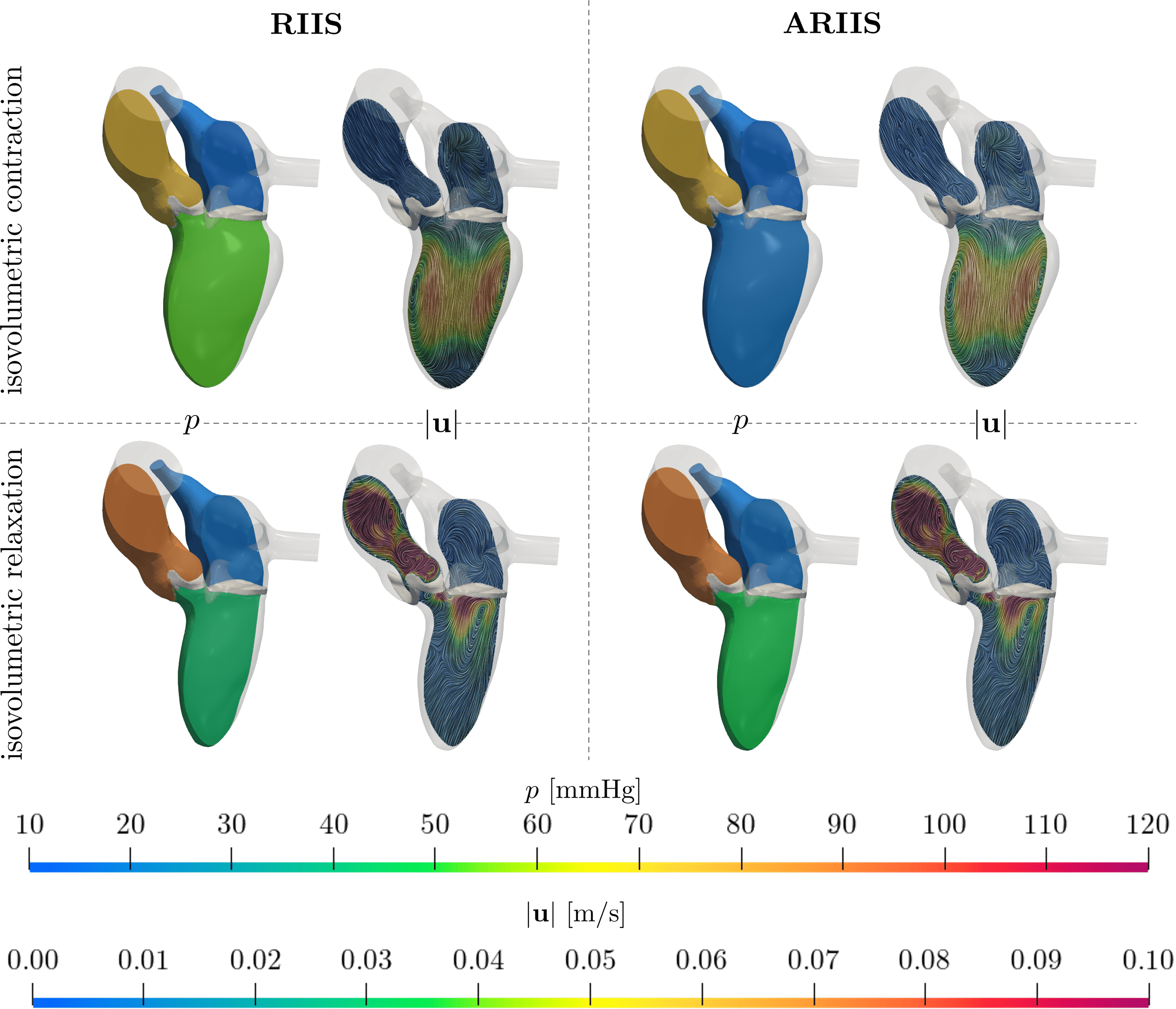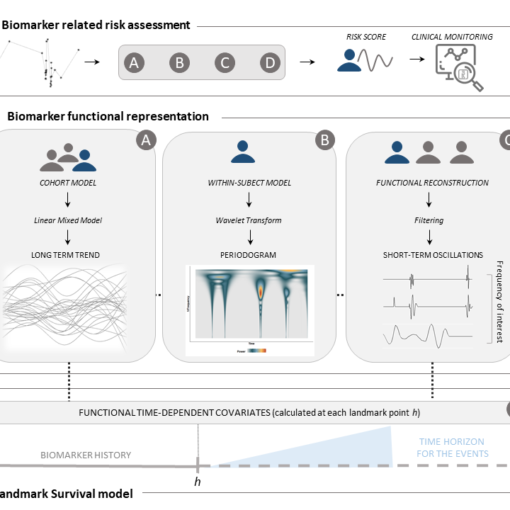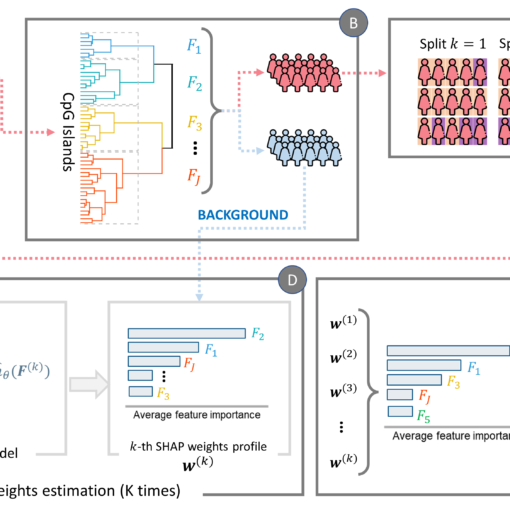A new MOX report entitled “Modeling isovolumetric phases in cardiac flows by an Augmented Resistive Immersed Implicit Surface Method” by Zingaro, A.; Bucelli, M.; Fumagalli, I.; Dede’, L; Quarteroni, A. has appeared in the MOX Report Collection.
The report can be donwloaded at the following link:
https://www.mate.polimi.it/biblioteca/add/qmox/58/2022.pdf
Abstract: A major challenge in the computational fluid dynamics modeling of the heart function is the simulation of isovolumetric phases when the hemodynamics problem is driven by a prescribed boundary displacement. During such phases, both atrioventricular and semilunar valves are closed: consequently, the ventricular pressure may not be uniquely defined, and spurious oscillations may arise in numerical simulations.} In this paper, we propose a suitable modification of the Resistive Immersed Implicit Surface (RIIS) method (Fedele et al., 2017) by introducing a reaction term to correctly capture the pressure transients during isovolumetric phases. The method, that we call Augmented RIIS (ARIIS) method, extends the previously proposed ARIS method (This et al., 2020) to the case of a mesh which is not body-fitted to the valves. We test the proposed method on two different benchmark problems, including a new simplified problem that retains all the characteristics of a heart cycle. We apply the ARIIS method to a fluid dynamics simulation of a realistic left heart geometry, and we show that ARIIS allows to correctly simulate isovolumetric phases, differently from standard RIIS method.




